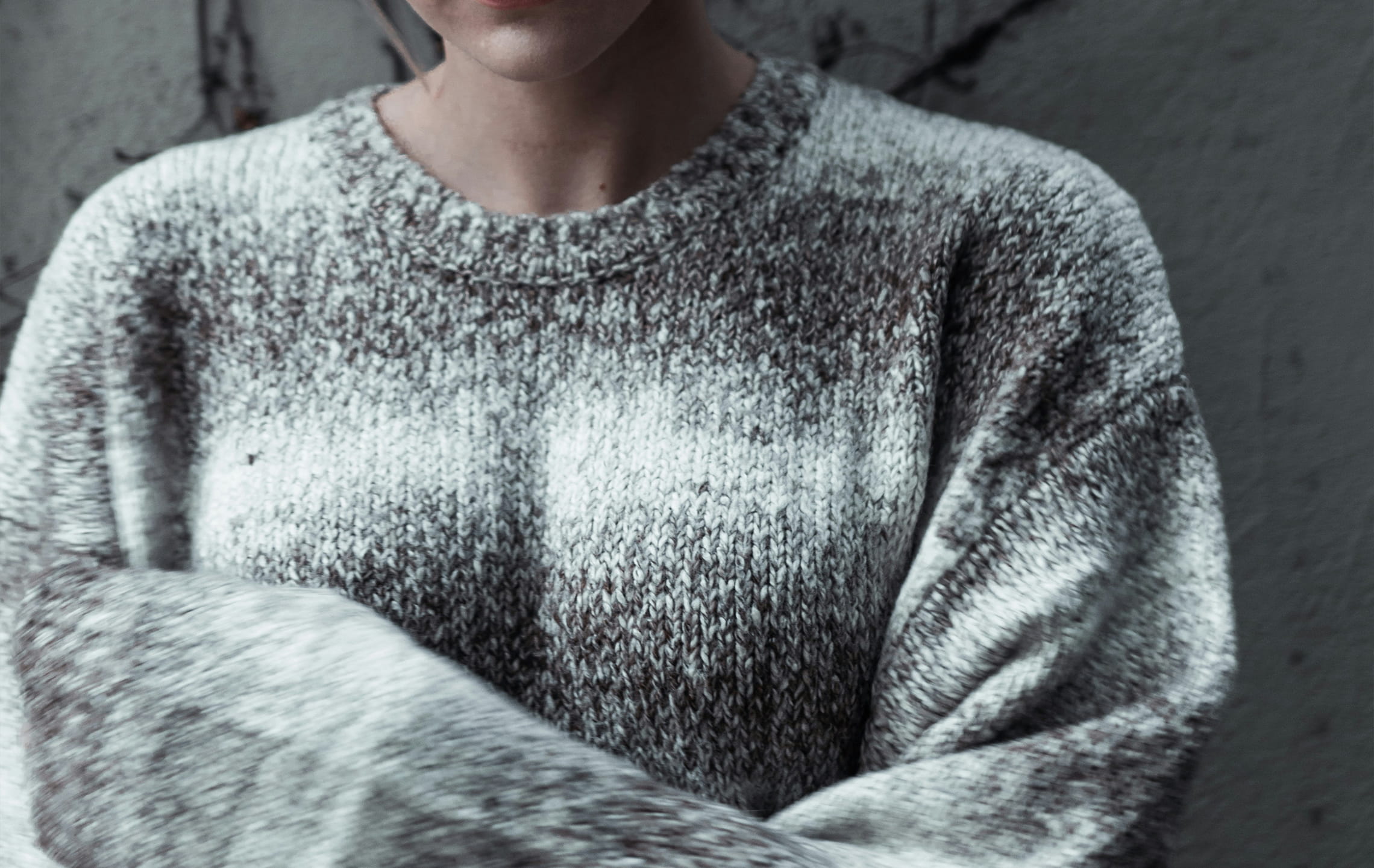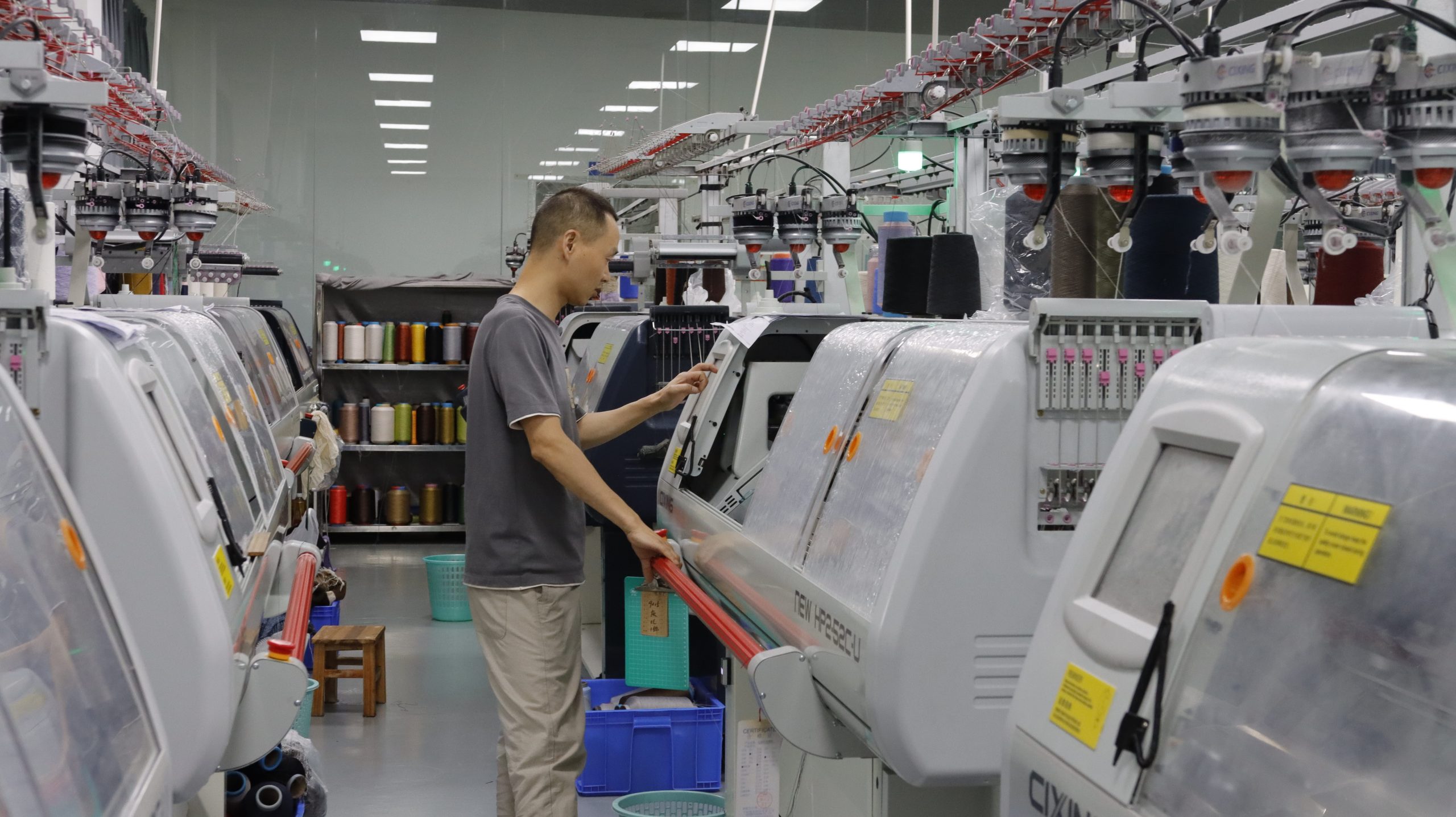Спандекс известен как Полвуретан, сокращенно (PU). Это эластичное волокно, также известное как лайкра или стрейч.
Изобретён компанией DuPont в 1953 году. Он обладает высокой эластичностью, может растягиваться до 5-7 раз и возвращаться к исходной форме.
Обычно спандекс используется в одежде, состоящей из смеси хлопка или полиэстера, составляющей небольшую часть ткани, которая в основном сохраняет внешний вид и ощущение других волокон.
Свойства спандекса
Спандекс легкий, мягкий и легко окрашивается, его плотность составляет от 1,0 до 1,3 грамма на кубический сантиметр.
Спандекс менее эластичен, чем резина, но более долговечен: его растяжение составляет около 5–12 CN/текс.
Материал не очень гигроскопичен, впитывая всего 1% собственного веса.
Спандекс не склонен к катышкам и не накапливает статическое электричество.
Происхождение спандекса
В начале 1930-х годов в результате значительного прогресса в исследованиях и разработках синтетических волокон ученые начали исследовать синтетические материалы, которые могли бы заменить натуральные волокна. В этом контексте спандекс был открыт как новое синтетическое эластичное волокно. Ранние процессы производства спандекса включали изучение и модификацию полиуретана, и исследователи обнаружили, что путем полимеризации полиуретана можно производить волокна с превосходной эластичностью. Это открытие положило начало созданию спандекса.
По мере совершенствования технологий и процессов производства волокна процесс оптимизировался и совершенствовался, и в 1950-х и 1960-х годах коммерческое производство спандекса начало расти. В то время производственный процесс включал полимеризацию, прядение и растяжение, в результате чего получались волокна спандекса с превосходной эластичностью и мягкостью.
Когда спандекс стал коммерчески доступным, он быстро стал одним из самых важных материалов в индустрии моды и спортивной одежде. Его эластичность и адаптируемость делают одежду более привлекательной и удобной, а также обеспечивают большую свободу движений, что обеспечивает широкий спектр применения в купальных костюмах, одежде для фитнеса и спортивном инвентаре. Кроме того, спандекс также используется при производстве колготок, нижнего белья и носков для одежды, требующей плотного и удобного прилегания.
С изменением времени и развитием текстильных технологий сфера применения спандекса расширяется. Он не только играет важную роль в швейной промышленности, но также используется в медицинской и промышленной областях, например, в медицинских эластичных повязках, промышленных эластичных канатах и т. д. Его превосходная эластичность и долговечность делают спандекс одним из самых популярных материалов. важные материалы в текстильной промышленности сегодня. Его превосходная эластичность и долговечность делают спандекс одним из самых важных материалов в текстильной промышленности сегодня. Благодаря постоянным технологическим инновациям, исследованиям и разработкам, спандекс по-прежнему имеет многообещающее будущее в различных областях применения.
Использование материалов
Спандекс обладает превосходной эластичностью и прочностью, не мнется, быстро сохнет и используется в широком спектре различных предметов одежды, особенно в интимной одежде.
В разные изделия из спандекса добавляются разные пропорции спандекса. Обычно спандекс добавляют в ткани в количестве от 5% до 20%.
Тканые ткани содержат от 2% до 3% спандекса, в то время как
Футболка добавляет около 5%
В ткани нижнего белья добавляют около 10-15% спандекса.
Ткани для купальников добавляют около 20%.
Рекомендации по стирке и уходу.
Уход в будние дни рекомендуется стирать при температуре воды 40°C или ниже. Спандекс не устойчив к кислотам и щелочам, избегайте использования моющих средств, содержащих кислоты и щелочи.
После стирки изделий из спандекса, чтобы избежать прямых солнечных лучей, ультрафиолетовые лучи ускорят их старение. После стирки вы можете добавить в изделия из спандекса кондиционер, который поможет сохранить их мягкость и эластичность, повысить комфорт при ношении.

 English
English Deutsch
Deutsch Français
Français Italiano
Italiano Español
Español Русский
Русский Polski
Polski Nederlands
Nederlands Svenska
Svenska

